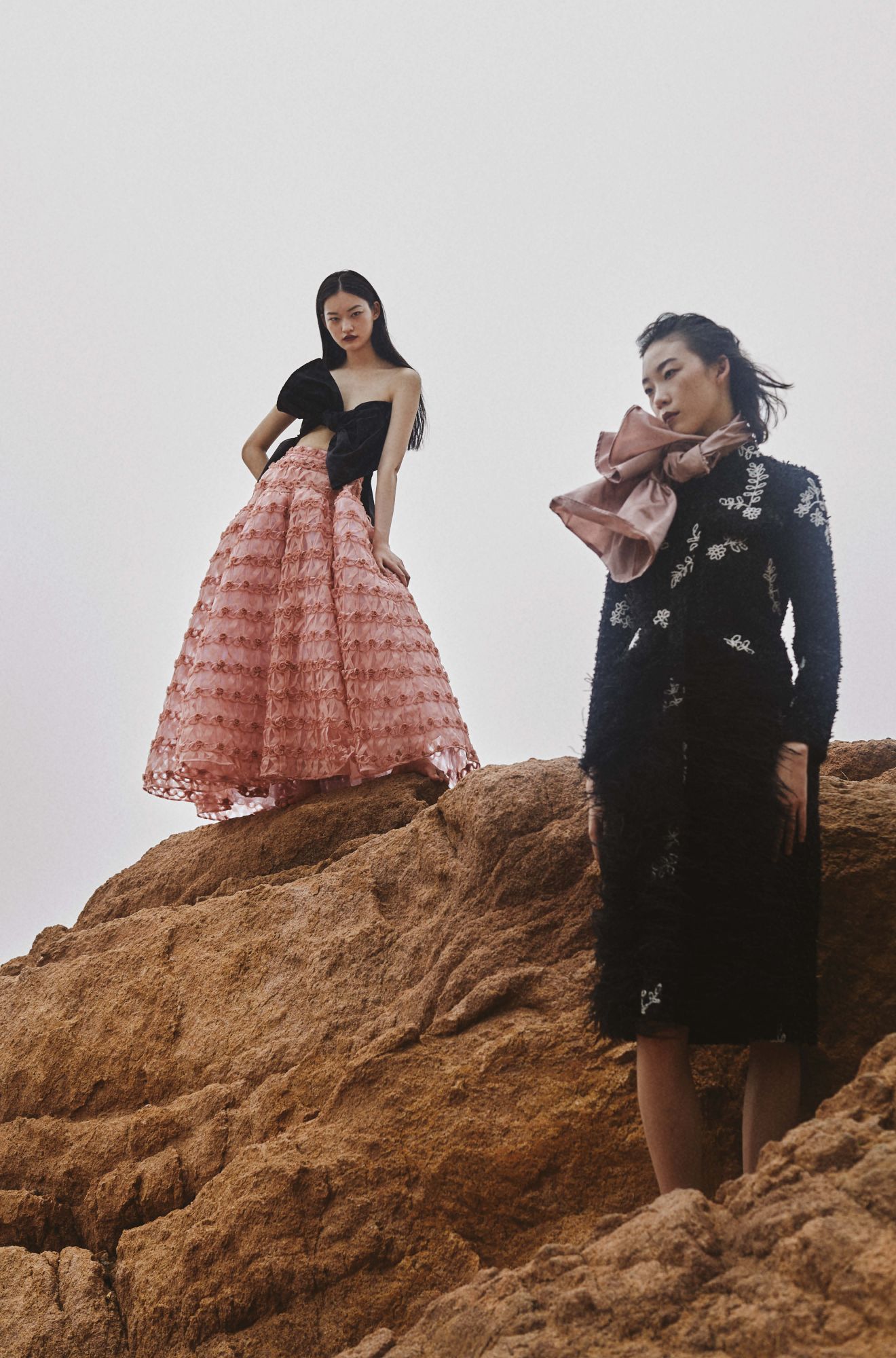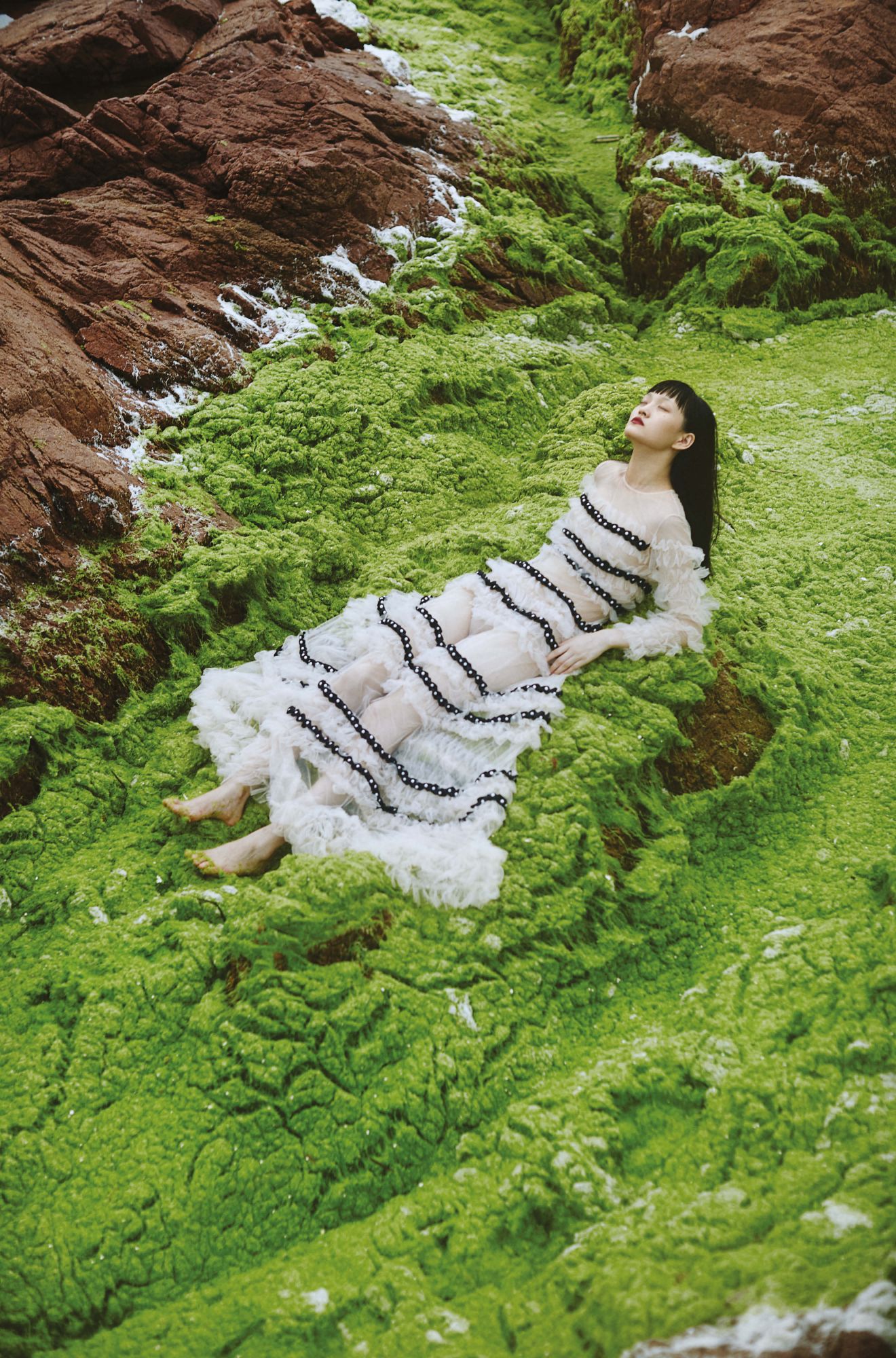When it comes to fashion, the Made in China label has come a long way, thanks in no small part to Qingdao-born-and-raised, Dior Couture-trained, London-based designer Huishan Zhang
When Chinese fashion prodigy Huishan Zhang presented his first collection in a showroom in Paris seven years ago, several buyers remarked, “What a beautiful collection. Too bad it’s made in China. Our customers would never buy this.” The budding designer remembers leaving Paris dejected on a drizzly, overcast day, rolling two oversized suitcases packed with gowns along cobblestoned streets towards Gare du Nord.
How things have changed. Today, the term “high fashion” can confidently be attached to the Made in China label, thanks in no small part to Zhang’s burgeoning reputation as one of the best young designers working today.
“When I was growing up, there were only fast-fashion brands like Giordano here, so it was really hard to explain to my parents that I wanted to be a designer,” says Zhang, clad in a black T-shirt and joggers, matching leather sandals and a brown Valentino bracelet, when I visit his two-storey studio in his hometown, Qingdao. “They didn’t even know that it was a job.”


Next door to his grammar school had been one of the city’s few magazine shops, and perusing its stacks gave the young Zhang a rudimentary knowledge of fashion and instilled in him a desire to learn more. “Other kids were saving their pocket money for a PlayStation and I was spending all of mine on magazines,” says Zhang, who is upbeat and chatty though jetlagged, having just arrived back from visiting his London atelier and five staff. “I was immediately drawn to the idea of using clothes to express emotion.”
In the context of the homogeneous middle-class apparel that surrounded him at the time, a magazine fashion spread starring a frizzy-haired model in vermillion pleated Issey Miyake stood out, so much so that it’s still vividly emblazoned on Zhang’s memory. From the moment he saw this image, his mind was set on a career in fashion.







